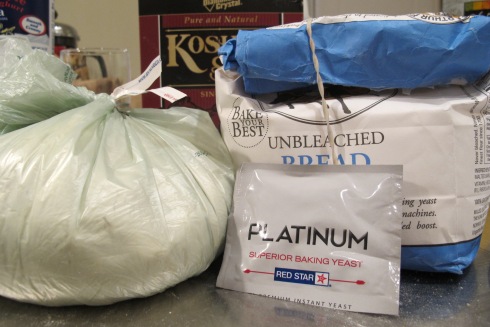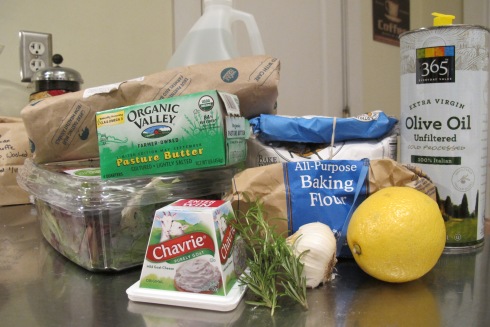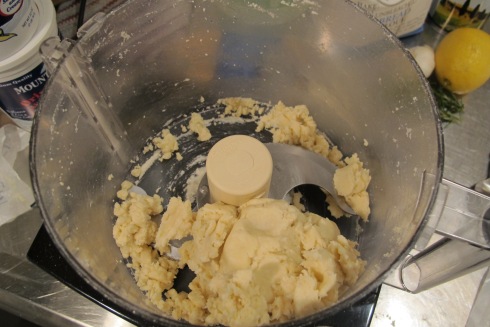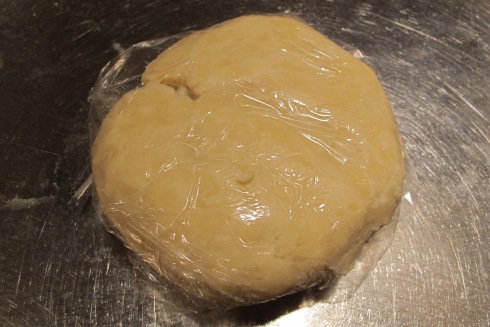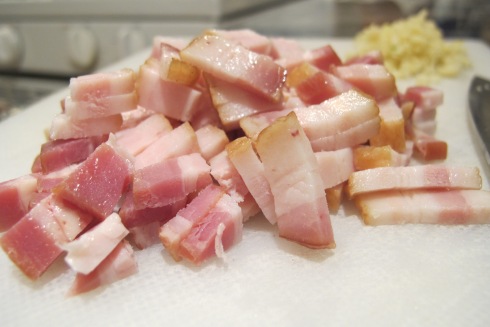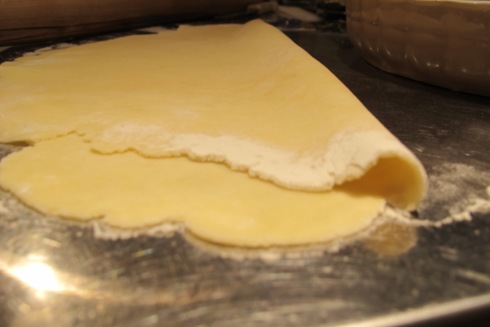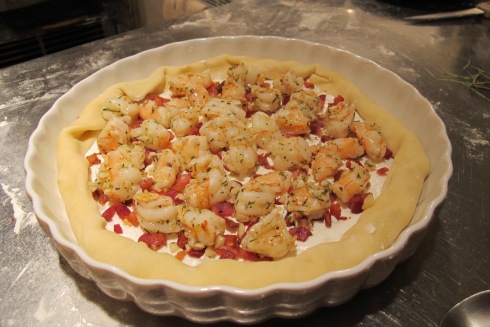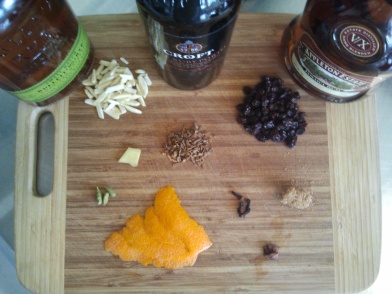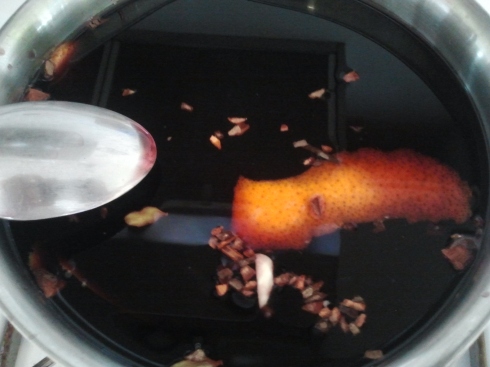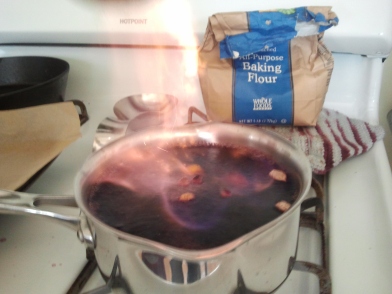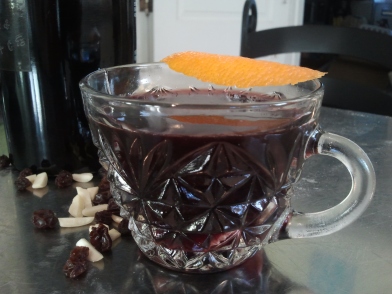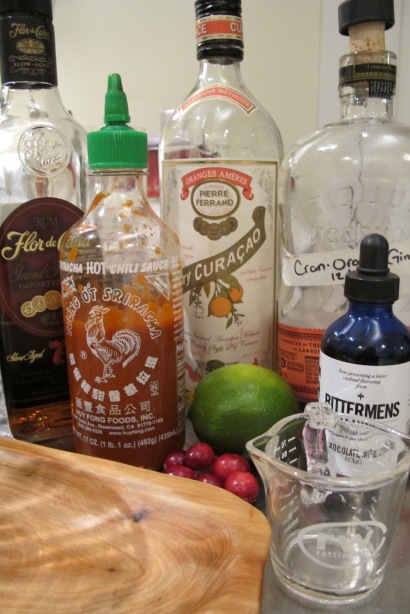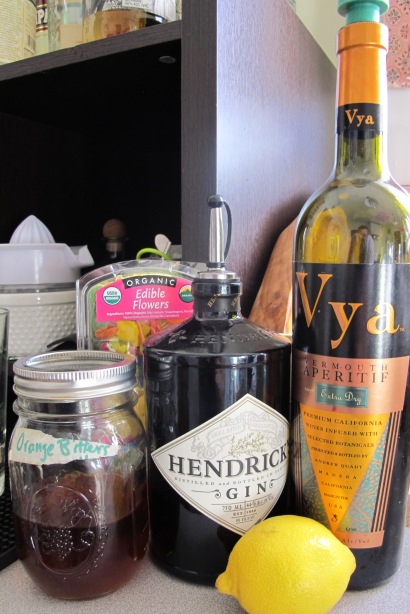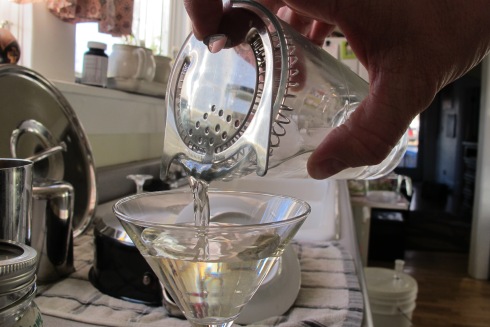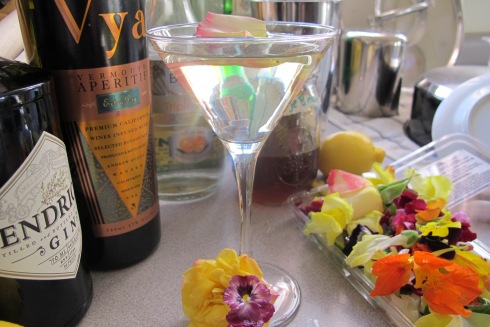I meant to publish this post a month ago, but I haven’t had a chance to sit down and finish it up. However, since, pumpkin pie can be just as at home on the Christmas dinner table as it is on the Thanksgiving one, I think I can still post this without it being awkward.
Anyhow, I’ve come to the conclusion that pumpkin pie and pumpkin beer are similar in ways beyond just the obvious.
Most people, I think, like the idea of pumpkin pie more than they actually like eating it. After all, what is a Holiday dinner without one gleaming it’s glossy brown visage amongst the panorama of festive fare. I like pumpkin pie, but not every pumpkin pie is created equal. Some are over-baked, use a ready-made filling, have to much “red hot” cinnamon flavor, but really, most pumpkin pie is just kind of blah. I have had some wonderful pumpkin pies, sweet but not too sweet, spicy pumpkiny with great custard-like texture and amazing handmade crust holding in all that heirloom-pumpkin goodness. Unfortunately, that is the exception.
A similar argument can be made for the drinkable version. I look forward to the yearly release of pumpkin beers as they harold in the autumnal shift. (But releasing some of them in August, as occurred this year, was a bit premature.) Here’s the rub, I hesitate to actually buy them. I want to, but I don’t. Too often they often wind up in a land of potpourri where fake flavor oils run rampant like in a misguided fruit beer. Because of that, I take the safe route and just purchase something else like the Tumbler (one of my favorite beers) or Celebration by Sierra Nevada.
Like that great pumpkin pie, a great pumpkin beer is also possible. Dogfish Head’s Punkin is a clear example and an automatic buy for me, when I can find it. This year I thought to myself, what about all these other pumpkin beers…I decided to gather up a bunch of them, taste them all side by side, and find out what pumpkin beers I would be happy sitting back and drinking in the season.

We invited some friends to join in. Here were the results (rated on a scale of 10).
#10 Pumpkinhead by Shipyard Brewing with averaged rating of 2
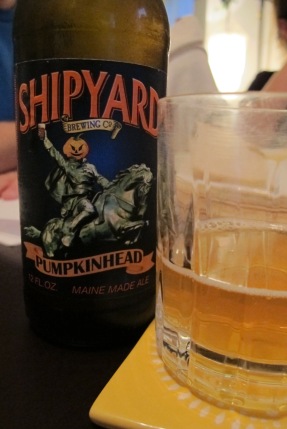
It was largely seen as an example of what we all did not like in a pumpkin beer. Flavors reminiscent of “big red gum.” Potpourri and cinnamon aromas like “one of those Christmas stores that’s open year round.” It was agreed that the flavoring mostly likely came from an extract rather than from raw ingredients. On the plus side it had great clarity and a clean finish.
#9 Pumpkin Ale by Saranac averaged a score of 3

Aromas of caramel malts and vanilla. Sweet flavors of sarsaparilla, vanilla, and caramel with a slight bitterness on the finish. It wasn’t very pumpkiny or spiced. Overheard comments such as “finishes like flat cola” and “would be good with ice cream.”
#8 Pumpkin Lager by Lakefront with a score of 3.75
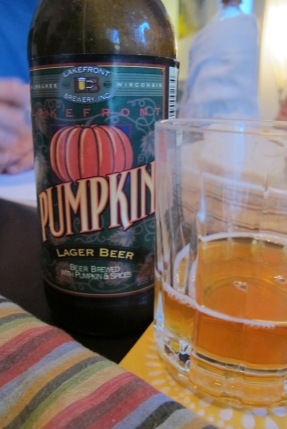
The aroma on this one was heavy on the clove and cinnamon with a flavor that was decidedly of honeyed cinnamon sticks. I liked this beer a bit more than everyone else did and thought it had a nice clean, malty finish and that the cinnamon flavor was a more pleasant flavor than the “red hot” cinnamon profile.
#7 Pumpkin Ale by Upslope scored a 4.25

Sweet spice aromas. The taste lightly touched all the basics caramel sweetness, some spice, and a little pumpkin. However, the commonly heard comment was “not really much going on.” A couple members of the tasting panel were tasting a “tin-y” quality (the beer was canned) and one mentioned an unpleasant bitterness at the finish.
#6 Pumpkin Ale by Buffalo Bill’s Brewery with an averaged score of 4.5

This was the easily the lightest beer of the tasting with a refreshing almost “summery” quality. Light pumpkin aroma, but not much on the palate. Malty flavors with a light undercurrent of pumpkin spices leading to a crisp, lemony finish. “Kind of like a cider.” “Good carbonation.” Overall, we thought that this was a decent beer, but as for conjuring up the spirit of the season it came up short. This is a good candidate for an Indian Summer beer.
#5 Frog Hollow Double Pumpkin Ale by Hoppin’ Frog was next with a leap up to a score of 6

Aromas of honey, spice and pumpkin. “I smell pineapple and orange,” said one panelist. The flavor was nicely balanced with notes of ginger, allspice, cinnamon, pumpkin, and bitter orange peel. Some heat from the alcohol was met with a mixed review. All in all, it was very drinkable, but we all agreed that a bit more carbonation and more malty flavor depth wouldn’t have hurt.
#4 Whole Hog Pumpkin Ale by Steven’s Point Brewery received a score of 6.25

Very pleasant malty caramel aromas with a touch of spice. On the palate it tasted like gingerbread with spice, caramel, and molasses flavors. I got a little pumpkin on the finish, but I might have been the only one. Other comments included, “definitely tastes like a [gingerbread] loaf,” “like a molasses spice beer,” and “it tastes like they used high quality ingredients.” Most everyone enjoyed the beer, but there was some dispute over whether or not it technically fit in the pumpkin beer category.
#3 Fat Jack Double Pumpkin by Samuel Adams with a score of 7.38

This was a interesting interpretation with the addition of smoked malts while that might be less appealing to some, we all found it to be quite enjoyable. Smoky caramel malt aromas which carried onto the palate along with rich, sweet spice and pumpkin flavors. The finish was dry with a hint of smoked cheddar. All agreed that it would be a good choice to serve alongside the venerable pumpkin pie. Bonus: The label art was pretty cool.
#2 Oak Jacked Imperial Pumpkin by Uinta scored a 7.5

This was a barrel aged imperial pumpkin ale and a rather big boozy affair clocking in a 10.3% ABV. Aromas and flavors borrowed a lot from the oak: “tastes like pineapple upside cake.” Pineapple and brown sugar aromas with additional flavors of coconut and caramel. The requisite spice and pumpkin was either real light or very well integrated depending on who you asked. In the end, though everyone was able to find enough pumpkin pie flavors to make it a legit pumpkin beer and it was quite tasty.
#1 The Night Owl by Elysian Brewing ranked our favorite pumpkin beer with a score of 8.75

Fruity aromas with some pumpkin and cinnamon. Light fresh pumpkin flavors with some fruity hop notes and maybe a bit of banana coming from the yeast. The spice flavors were well integrated with a little zippy ginger quality balancing some of the sweeter fruit flavors. I thought the finish was a bit bitter, but the pumpkin and spice lingered on nicely. It was a solid beer and one of several pumpkin efforts that Elysian brews up every year.
A couple parting observations. Majority of the pumpkin beers did not have sparkling clarity, likely due to the inclusion of real pumpkin, and ranged from light orange to a redish brown in color. Carbonation levels with the exception of Buffalo Bill’s, which was rather lively, were all very moderate and the heads of foam dissipated very quickly, if they were present at all.
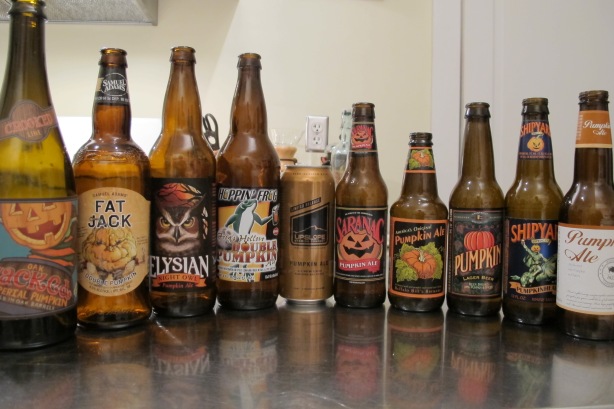
So there it is. Now next year when the pumpkin beers start rolling out I know what I’ll be buying, confident that I will be very happy with my purchase. Unfortunately, by this point, the abundance of pumpkin beers that were have pretty much evaporated and been replaced with the malty richness of the winter warmers. Maybe another sampler is in order…


































